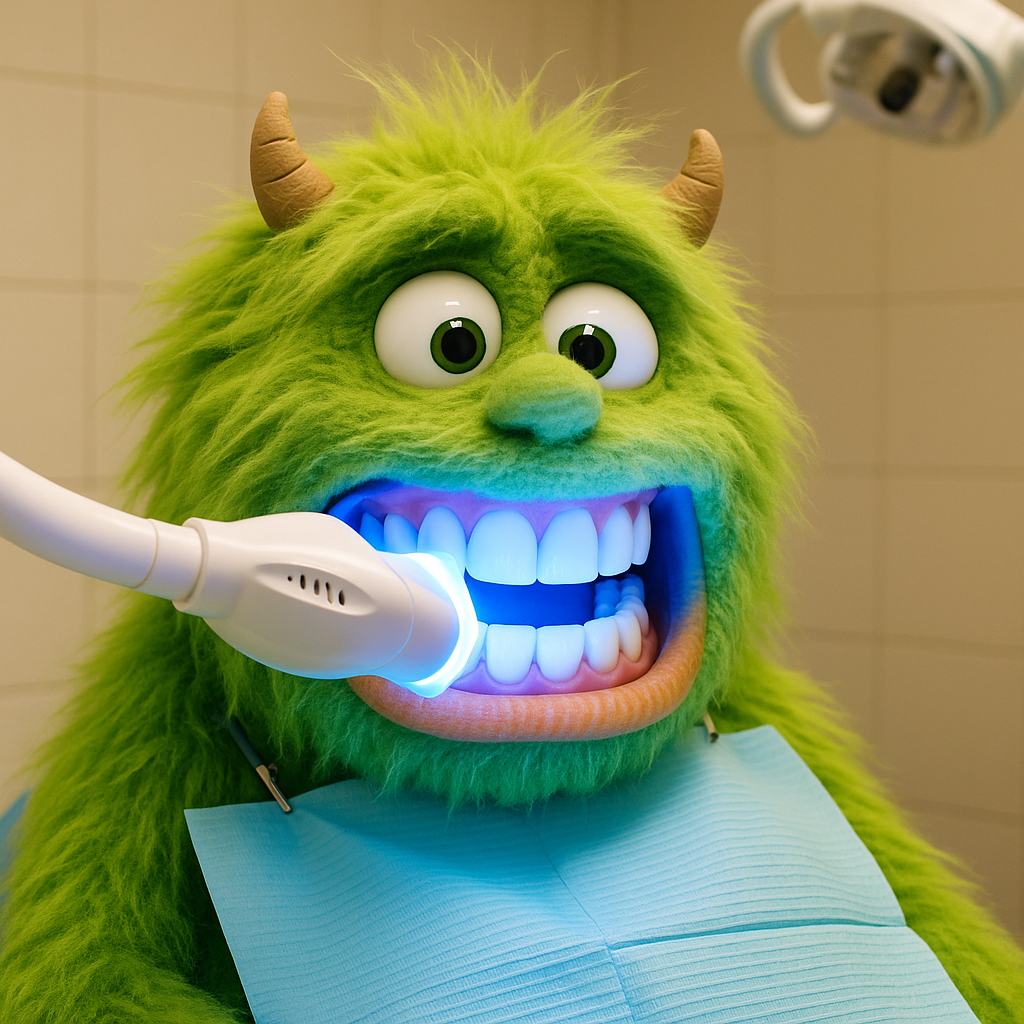Ever felt like your smile is… not quite there? You might be dressed to impress, but when you look in the mirror, your teeth appear dull or slightly yellow. This is a common reality for many people. The causes vary, from daily food and drink consumption to lifestyle habits, age, and genetics.
The good news is, there’s a simple and increasingly popular solution to this problem: teeth bleaching or whitening. This treatment is gaining popularity among young people because it can deliver a cleaner, fresher look in a relatively short time.
What Is Teeth Bleaching?
Teeth bleaching is a procedure to lighten tooth color using chemicals like hydrogen peroxide or carbamide peroxide. These substances penetrate the enamel and break down discoloration-causing particles, making teeth appear whiter.
The process can be done professionally at a dental clinic or with at-home methods supervised by medical professionals. However, it’s crucial not to choose whitening products carelessly, as improper use can harm oral health.
Why Do Teeth Turn Yellow?
Yellow teeth are normal and can result from many factors. Here are the most common causes:
- Consuming deeply colored foods or drinks like coffee, tea, soy sauce, and wine
- Smoking
- Poor oral hygiene, such as infrequent brushing or flossing
- Age, as enamel thins over time, revealing the darker dentin underneath
- Genetics, since natural tooth color varies from person to person
- Side effects of certain medications, like tetracycline antibiotics during growth years
So, not all yellow teeth are due to poor brushing habits. Sometimes, the cause is something you might not even realize.
Benefits of Teeth Bleaching
Many people choose bleaching for its significant aesthetic and confidence-boosting benefits.
- A brighter, cleaner smile
Bleaching makes teeth look naturally whiter—not overly white. Your smile appears more pleasant and well-maintained. - Boosts self-confidence
With whiter teeth, many feel more confident when talking, presenting, or even taking selfies. - Quick procedure
Results can be seen in about 30 to 60 minutes. Some methods even require just one session. - Low risk and non-invasive
Bleaching doesn’t damage tooth structure since it doesn’t involve scraping or reshaping.
Does Bleaching Hurt?
Generally, bleaching isn’t painful. However, some people may experience slight sensitivity or discomfort for a day or two afterward. This happens because the bleaching agents penetrate the enamel and reach the more sensitive dentin layer.
If you have sensitive teeth, consult a medical professional first to determine the safest method.
Is Bleaching Safe?
When performed following medical guidelines, teeth bleaching is considered safe. Many studies show that bleaching doesn’t harm enamel if done with the correct dosage and frequency.
However, using unsupervised or random products can lead to side effects like gum irritation, increased sensitivity, or even damage to soft mouth tissues. That’s why it’s essential to seek reliable information before trying it.
Tips to Make Bleaching Results Last Longer
To prevent quick fading, follow these tips:
- Avoid deeply colored foods or drinks, especially in the first week after bleaching
- Use a straw when drinking colored beverages
- Avoid smoking
- Brush regularly with non-abrasive toothpaste
- Schedule regular dental checkups at least every six months
With proper care, bleaching results can last from several months to over a year.
Who Is Bleaching Suitable For?
Bleaching is ideal for people with healthy teeth that have discolored due to external factors like food, drinks, or smoking.
However, it’s not recommended for:
- Children under 16
- Pregnant or breastfeeding women
- People with cavities or extreme tooth sensitivity
- Those allergic to bleaching agents
A dental checkup is highly recommended before treatment to ensure suitability.






